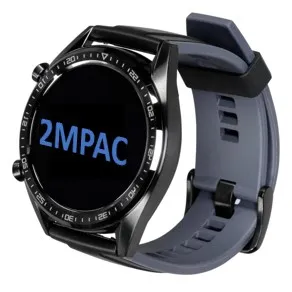The aim of this study was to investigate to which extent traces of sensorimotor capacity can be found in everyday life behavior of persons with neurological diseases. Therefore, the sensorimotor capacity, e.g. grip strength, of persons with multiple sclerosis, persons with stroke, and control subjects was assessed; as well as their everyday life behavior using smartwatches. A tailored algorithm, the TUM Physical Activity Counter (short: 2MPAC), automatically detects the start and end of hand use and performs kinematic analyses based on data derived from the sensors of the watch. By that, it was possible to not only record how much was done, but also how intensive and how coordinated actions were - regardless of whether one was scratching the nose or buttoning up a shirt. Further, the authors were able to show associations between sensorimotor capacity and everyday life behavior; not only cross-sectionally, but also over the course of neurorehabilitation. The study has now been published in the renowned Journal of NeuroEngineering and Rehabilitation (IF 5.2).
Gulde P, Vojta H, Schmidle S, Rieckmann P, & Hermsdörfer J (2025). The association of upper limb sensorimotor capacity, everyday inpatient behavior, and the effects of neurorehabilitation in persons with multiple sclerosis and stroke: a mixed-design study. Journal of NeuroEngineering and Rehabilitation, 22(49).
Link to the study: https://jneuroengrehab.biomedcentral.com/articles/10.1186/s12984-025-01586-z
